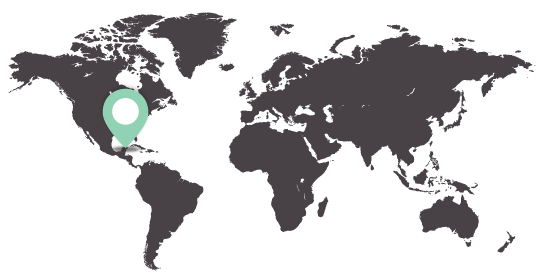COSTA ESCONDIDA
Costa Escondida, Mexico
Faculty, staff, and students from UCSD-CHEI, Georgia State University, Northwestern University, University of Haifa, University of Washington, and Universidad Autonoma de Yucatan are leading a long-term, interdisciplinary study of the complex interrelationships between humans and the environment along the north coast of Mexico’s Yucatan Peninsula. Shorelines are dynamic places, both culturally and environmentally, and the project explores this dynamism by employing earth, biological and social sciences to elucidate the linkages between human settlements and their coastline. Working on the coast, researchers must take into consideration a distinct range of geomorphological, hydrogeochemical, and ecological variables. When these variables are connected with archaeological data, the end result is a nuanced understanding that illuminates barriers and opportunities people faced as part of a dynamic coastal landscape over millennia. By focusing specifically on coastal settlements, this research adds a much needed dimension to the growing body of literature from various parts of the world that attempts to understand how the dynamic relations between cultural and environmental factors, at local and global scales, influenced the developmental trajectory of past human societies. The results of this research can serve as the foundation for a broader understanding of the interrelated variables that modern and future groups will have to contend with as they adapt to changing coastal regimes. The project has a long history of sharing its research with the local community and will make every effort to share pertinent research results with the broader public through popular media.
Over the past three millennia, rising sea levels and fluctuating climatic regimes have dramatically transformed the physiographic characteristics of this drowning coastline, while Maya society witnessed the rise and fall of divine kings and the emergence of a market-based economy. By correlating multiple facets of the changing paleoenvironment with broader social and economic changes, the research team will be in a strong position to reveal the challenges faced, and opportunities pursued, by these coastal peoples as they adapted to their changing coastal landscape. The neighboring ancient Maya port sites of Vista Alegre and Conil are the focus of study. Located only 7 km apart, preliminary data indicate that human habitation along the coast was not continuous over the past three millennia, nor did the occupational histories at Conil and Vista Alegre mirror one another. This episodic settlement history provides tantalizing clues to the vulnerabilities and resilience of these coastal peoples. The project first aims to investigate what social and environmental factors conditioned the resilience and vulnerability of the inhabitants of Vista Alegre and Conil over the past 3000 years. It will do this by employing sediment coring, water salinity mapping, coastal ecological surveys, archaeological survey and excavations, and multi-proxy lab analyses. With these data collected, project members will be able to understand how these factors shifted through time and correlated with one another in order to examine how their interplay shaped past lifeways.
Quintana Roo, Mexico
VISUALIZATION TOOLS
TECHNOLOGIES
- Photogrammetry








